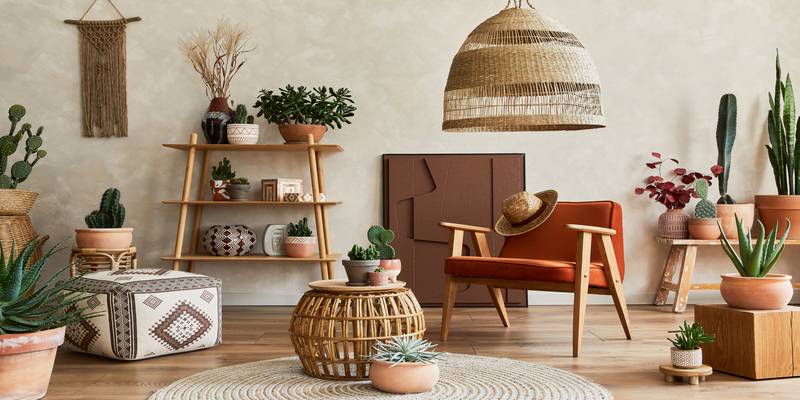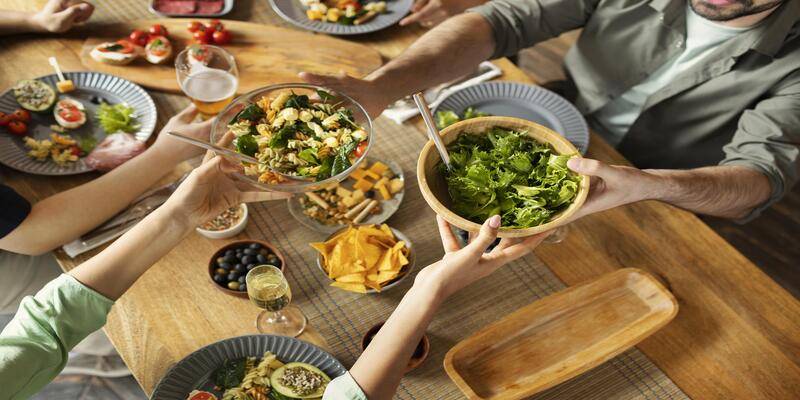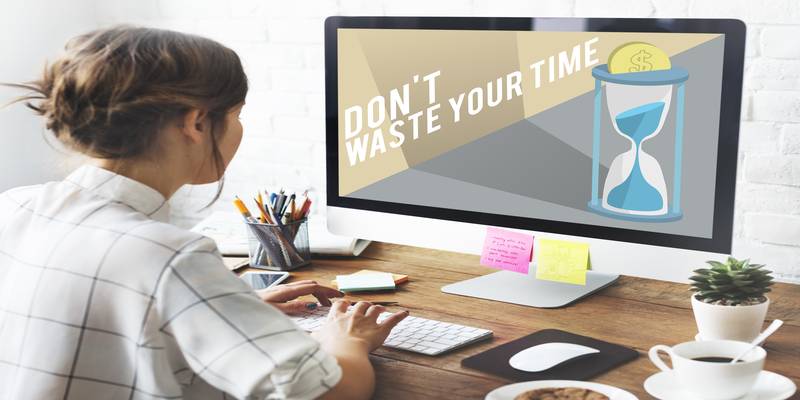Moving towards a low-waste lifestyle

If you look around — your house, office, and the event that you attended, do you notice the waste we’re all collectively producing? It is alarming! Most people are living fast-paced lives of abundance. While it’s said, “less is more”, nowadays, nothing is ever enough. Lives are rapidly evolving in a way that everything is slowly becoming disposable. We are all buying things without second thoughts and discarding them without any thought at all. We’re all consuming too much and contributing way more to the global waste problem. The amount of trash globally produced daily is very difficult to deal with sustainably. It is detrimental to the environment, wildlife, and even humans. Most of this trash is non-biodegradable and non-recyclable and ends up piling in landfills and oceans. Did you know, statistically, the trash in the oceans outweighs all the fishes that inhabit them? Yes! Sad but true!
Living a low-waste lifestyle is one way to combat the increasingly growing waste problem. This lifestyle does not mean generating only a mason jar full of waste in a year or absolutely zero waste. It is not an all-or-nothing approach, it is a journey. It is a gradual process that is not about a perfect outcome but consistent efforts. The lifestyle’s primary purpose is to reduce the amount of trash an individual or a family produces daily. It does so by minimising the wastage of things and by encouraging circular ways of consumption. Such a lifestyle reduces adverse impacts that your living has on the environment and strives to reduce your carbon footprints. It is one way you can give back to nature. It might not be feasible to not generate any waste at all, but by being mindful of your consumption and making small changes in your lives, you can reduce what lands in landfills and oceans to remain on the planet for many future generations to see and feel the impact of.
Tips to transition into a low-waste lifestyle
As I mentioned earlier, the process is slow and gradual. It requires constant mindfulness and action. Monitoring your trash and consumption habits is pivotal to this journey. You might also have to unlearn many consumption habits. Start with simple steps. You can start by buying less, first of all. Audit your trash regularly and analyse what you consume and throw. Look for sustainable alternatives and switch as soon as you can. Recycle what can be recycled and compost all the natural waste. It might seem overwhelming to tackle it all at once, so start small and improve eventually. Let’s look at some ways that can help you start living a low-waste life.
Educate yourself: It applies to anything and everything you do in your life. Always start a new chapter from a place of knowledge and preparation. Only when you understand the rationale behind something, will you be able to take it forward efficiently. There are a plethora of resources you can refer to before you take the path to a sustainable life. Go ahead and read — how people are implementing small and big changes in their lives to reduce the trash produced, how some people have been living sustainable lives for years, and about the plenty of ways of reducing and treating garbage at home. Trust me, when you read real-life stories, you will feel all the more inspired to live sustainably and will also get practical ideas that suit your lifestyle.
Identify the activities in your life that produce maximum waste: Analyse your trash regularly and find out the activities that you do in your daily lives that produce the maximum trash. Is it food? Makeup? Cleaning supplies? Once you figure that out, try and find out how you can plan to cut it down and eventually remove it. If you’ve been using make-up wipes — try switching to just washing your face. If you regularly take away coffee — get yourself a metal straw. If you’re someone living in a big family — try switching to eco-friendly and biodegradable detergents. The possibilities are endless.
Look out for low-waste resources around you: The next step is to find more sustainable alternatives to the stuff you use and throw regularly. Usually, when people talk about sustainable resources, they paint a picture of expensive eco-friendly products that are being promoted all around. Fortunately, that’s not so true after all. The economic context of a low-waste journey can impact its longevity. People are more likely to stick to a lifestyle if it’s financially viable for them. For example, rural zero-wasters place more emphasis on reduced and circular consumption. However, urban zero-wasters will focus more on the products they are buying. You don’t have to shell out tons of bucks to be sustainable, you just need to be very mindful of your consumption.
Another crucial step is to find out if there are any facilities around you in your neighbourhood that help you reduce or treat waste, is there a recyclables’ collection bin, is there a local market for fruits and vegetables so that you don’t have to buy packaged food from the mart, does your local authority emphasise on trash segregation, is there a compost facility, and any other related facility. When you know there are readily accessible options around you, the resistance to start dies down. You can also look around for organisations that take donations. Rather than throwing away those old clothes, utensils, or books you no longer use, donate them to someone else. This will not only help you reduce your contribution to landfills but will also help another person in need.
Stop buying single-use items: The easiest and the best way to reduce waste is simply eliminating all single-use items from your lives. Stop using those plastic straws, plastic bottles, cellophane cling wraps, polybags, paper bags, tissues, disposable utensils, cotton pads, etc. Look around and you shall see how many single-use items you consume daily that have readily available and easy-to-use sustainable alternatives. Another quick tip is to drop the use of plastic bags. These might come in handy but they do not decompose and stay on the face of the planet for hundreds and thousands of years. To do the environment a favour, rush and get yourself a reusable cloth bag that can be used multiple times and also looks better! The same applies to plastic storage containers and bottles people use in their pantries and vanity. If you already have those, use them till their last breath before you send them for recycling and if you’re someone looking forward to buying containers or bottles, opt for glass or metal containers. They are eco-friendly and will add to the aesthetics of your home too.
Reuse, Repurpose, and Upcycle – all at home: Every object has a lifespan. It is upon you to use it optimally and sustainably. Before throwing away something, always look for better ways to reuse or upcycle or repurpose that item. For instance, when the pickle in the glass bottle is over, you can wash it and use it as a kitchen container. When your dog rips off a rug, you can make a fun DIY project out of it. The possibilities are countless, it just requires a little bit of thought and creativity.
The five fundamentals of a low-waste life
Many recognise the five R’s that form a foundation of a low-waste life. These should form the base of every move you make during this journey. Let’s find out what these are.
Refuse: The easiest way to reduce your trash is by simply saying ‘no’ to what you don’t need. The idea is to focus on your needs, not your wants. If you don’t need it, just don’t get it. The freebies you get with a purchase, the collectables that the store is giving out, that plastic straw, the cutlery with your take-away food, vegetables in a plastic bag, and so many more things that if you just say no to, will reduce your trash by leaps and bounds without any extra effort.
Reduce: The next thing you should start after refusing is reducing your consumption. As I mentioned before, if you truly want to reduce your waste production, your main focus should be on mindful consumption. Try and buy quality products in eco-friendly materials. Opt for bamboo toothbrushes, bamboo combs, or a shampoo bar instead of shampoo in plastic bottles, don’t buy loads of clothes that you will wear two-three times and then discard. Another tip is to stop buying different products for different purposes, a lot of materials can be used for multiple purposes or you can just opt for more multi-purpose products. For instance, vinegar can also be used as a glass cleaner, an antiperspirant, and even a fabric softener. So buying just one thing will serve several purposes — that saves your money and your planet too!
Reuse: This is really simple, just swap all single-use items with reusable items. You can start with simple changes here — buy yourself a reusable water bottle, a metal straw, more handkerchiefs than tissues, cloth bags, beeswax food wraps, and menstrual cups, among many others. Just by making these little changes, you will see how much trash you will cease to produce.
Recycle: This step has been around for years now but people are still not aware and active about recycling products. The idea is to not buy things that can not be recycled and everything that can be recycled should be kept aside and sent to the nearby recycling unit. Educate yourself about how to handle things that are to be sent for recycling to ensure that nothing goes to waste.
Rot: The last and final step is to compost your kitchen waste. Kitchen waste contributes to 50% of the daily waste people produce. Just by having a compost bin at home, you can reduce a lot of trash that goes to landfills and you will be able to produce fertilisers for a kitchen garden – which is another big step in sustainable living.
Low-waste living is a journey, you will not learn everything in a week or even a month but you will surely get more mindful and successful with time. As I said before, it’s not about the outcome but constant efforts. You can start small and every single step you take, every single effort you make, will count. Even if 100 of us stop getting plastic straws with our daily coffee, we will save our planet from 36,500 plastic straws in a year. Fascinating, right? That is how every small contribution counts and matters. So, if you have been contemplating starting your journey towards a low-waste lifestyle, just go for it. The planet needs you to start now more than ever!






